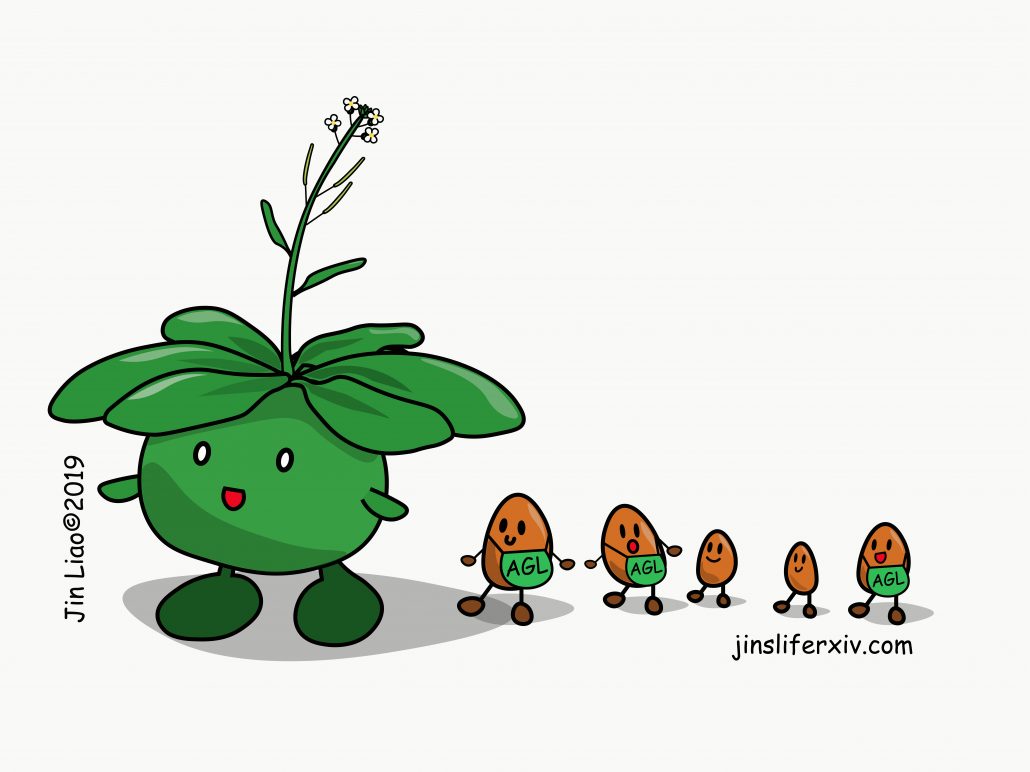
Seed size is regulated by siRNAs from Arabidopsis maternal tissue in a spatial-temporal manner ($)(PNAS)
Plant Science Research WeeklyStudying seed development is important for understanding plant evolution and engineering food production. Previous discoveries have shown that maternal small interfering RNAs (siRNAs), which induce RNA-directed DNA methylation (RdDM) through NRPD1-mediated pathway, regulate seed development in Arabidopsis.…
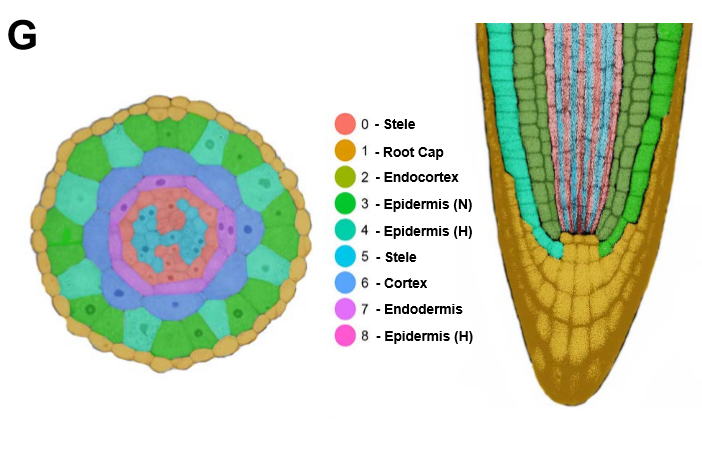
Single-cell RNA sequencing resolves molecular relationships among individual plant cells (Plant Physiol)
Plant Science Research WeeklySingle cell RNA sequencing (scRNA-seq) has transformed our understanding of gene expression within and amongst individual cells. These techniques have been applied extensively to animal cell populations to discover the development of specific cell lines and identify rare cell types but are not commonly…
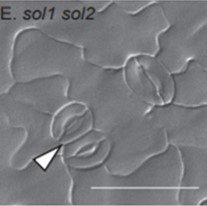
SOL1 and SOL2 regulate fate transition and cell division in stomatal lineage ($) (Development)
Plant Science Research WeeklyStomata and pavement cell development in the leaves occur through programmed asymmetric cell division. In this paper the authors demonstrated the role of two CHC domain proteins, SOL1 and SOL2 that were identified previously by the same group to be downstream targets of a bHLH transcriptional factor…
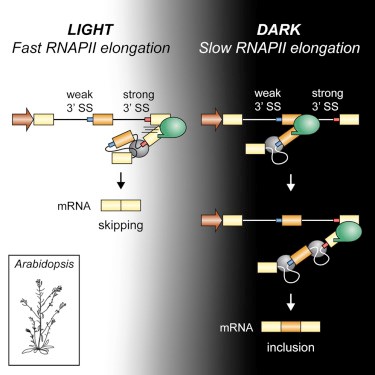
Light regulates plant alternative splicing through the control of transcriptional elongation (Mol Plant)
Plant Science Research WeeklyLight perception in plants generates a plethora of gene expression changes. Among them, it has been shown that light affects alternative splicing mediated by a chloroplast retrograde signal. Here, Godoy Herz et al. explore the different possible mechanisms possible involved in this regulation. Using…
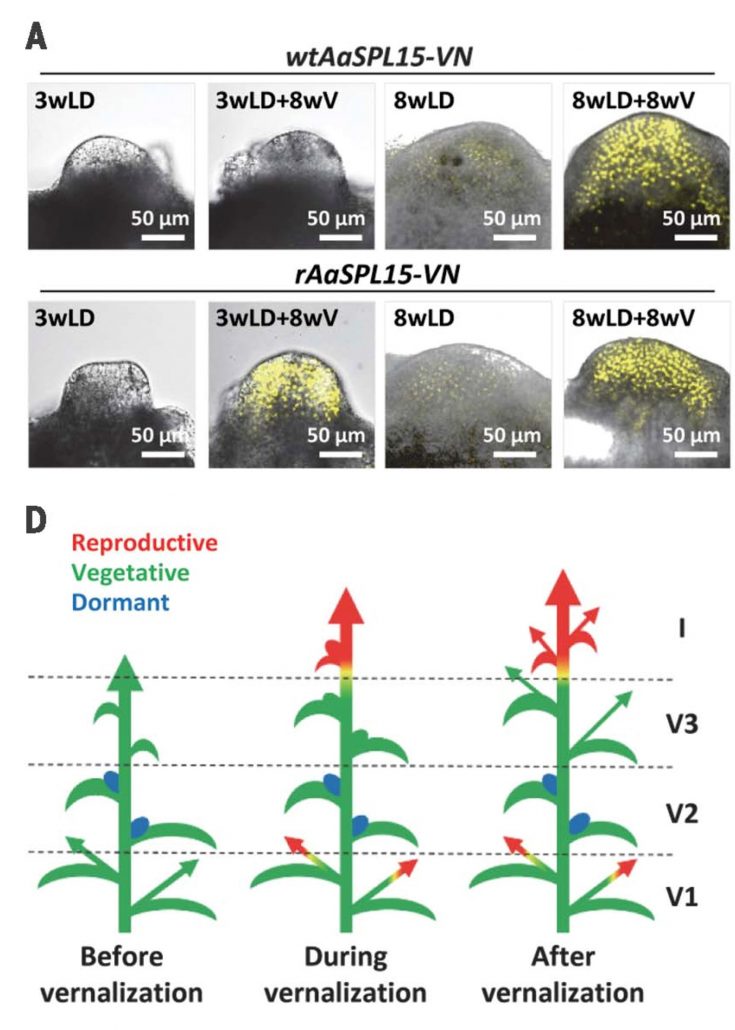
A regulatory circuit conferring varied flowering response to cold in annual and perennial plants ($) (Science)
Plant Science Research WeeklyRegulation of flowering in time and space in perennials like Arabis alpina involves two systems. One uses orthologs to FLOWERING LOCUS C (FLC) from A. thaliana; in A. alpine is called PERPETUAL FLOWERING 1 (PEP1) and its repression enables flowering after vernalization. The other system uses microRNA156…
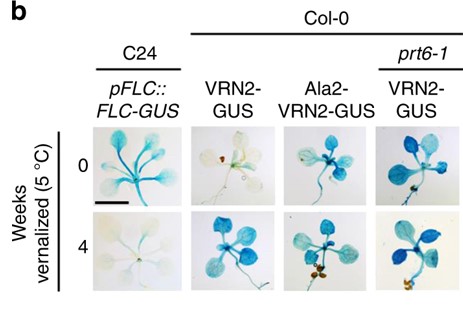
Plant PRC2 subunit VRN2 stability regulation through oxygen dependent proteolysis
Plant Science Research WeeklyPolycomb repressive complex 2 (PRC2) represses the expression of its gene targets epigenetically and VERNALIZATION 2 (VRN2) is a subunit of the PRC2 complex in Arabidopsis. The PRC2-VRN2 complex, among other roles, regulates flowering after long cold exposure. Gibbs and coworkers identified VRN2 as a…
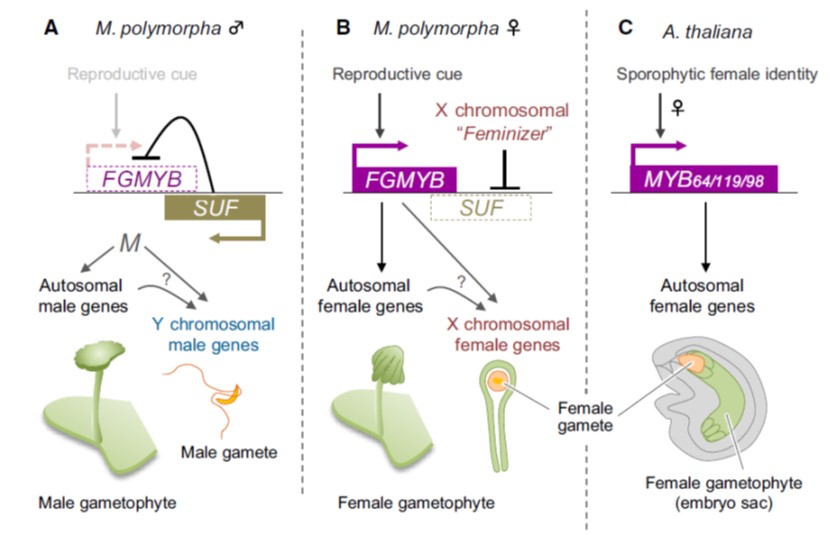
A bidirectional switch controls sexual dimorphism in the liverwort (EMBO J)
Plant Science Research WeeklyBryophytes spend most of their lifecycle in the haploid, gametophytic form, of which there are two types, male (sperm forming) and female (egg forming). Hisanaga et al. investigated the genetic basis that determines sex in the model liverwort Marchantia polymorpha. Their findings are fascinating. A single…
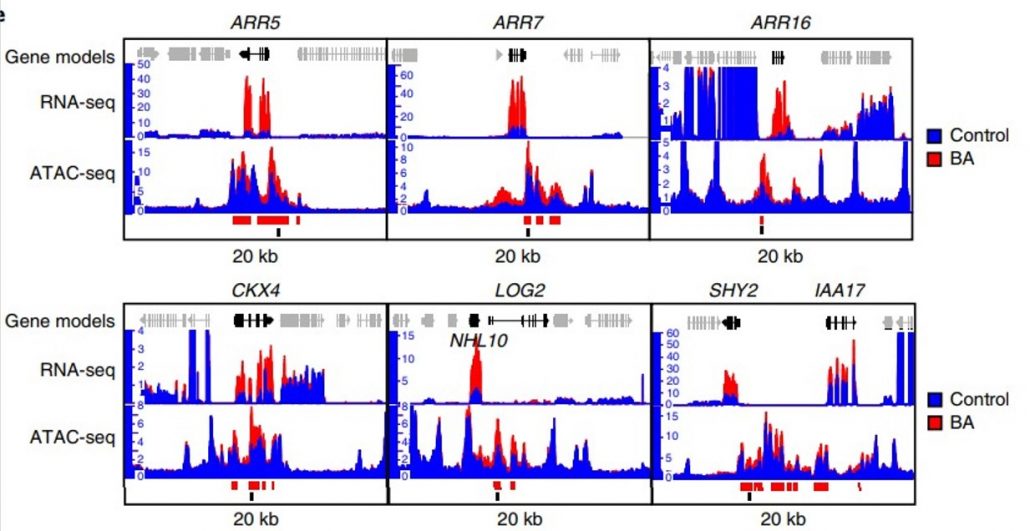
Cytokinin modulates context-dependent chromatin accessibility through the type-B response regulators ($) (Nature Plants)
Plant Science Research WeeklyThe cytokinin-based response is assumed to be achieved through context-dependent transcriptional regulatory mechanisms. Potter et al. analyzed cytokinin-induced alterations in chromatin accessibility using ATAC-seq (Assay for Transposase-Accessible Chromatin using Sequencing) and combined these results…
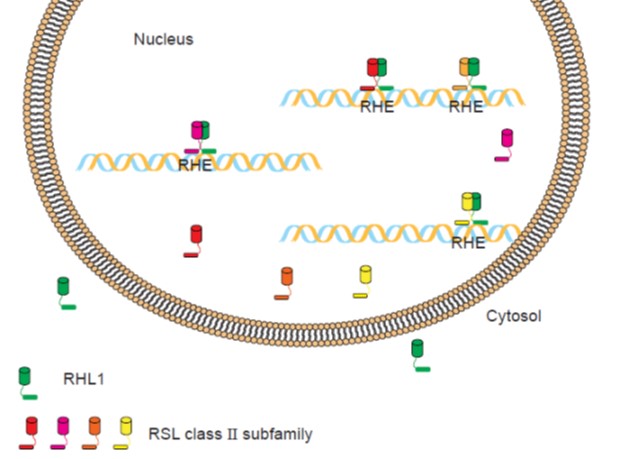
Advances in Understanding Root Hair Formation
Plant Physiology, Plant Physiology: On The InsideRoot hairs greatly increase the surface area of roots, thereby facilitating the uptake of nutrients and water from the rhizosphere. They also serve as sites for plant interactions with soil microorganisms. Thus, elucidation of the molecular pathway for their development is important for potential modification…

